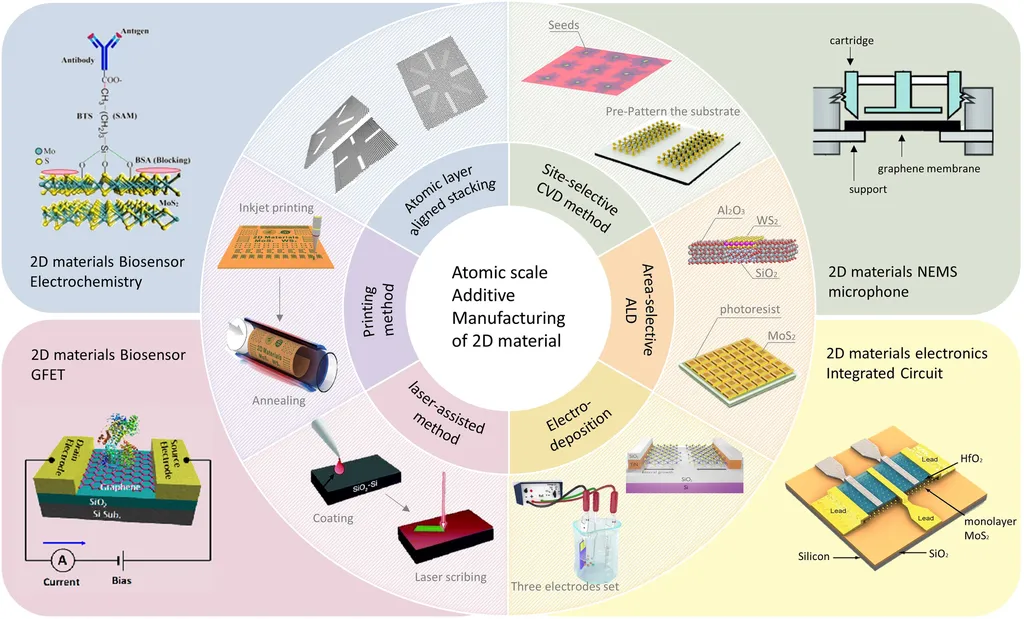In the rapidly evolving world of quantum materials and ultrafast dynamics, a new roadmap has emerged, charting a course towards unprecedented understanding and manipulation of matter at the atomic and electronic levels. Published in the Journal of Physics Materials, this collective vision, led by Fabio Caruso of the Institute of Theoretical Physics and Astrophysics at the University of Kiel, Germany, brings together leading researchers to explore the frontiers of theoretical and computational modeling in ultrafast science.
The roadmap delves into the intricate dance of theory, computation, and experiment, which is unlocking new possibilities for engineering materials with tailored properties. “We are at a pivotal moment where advanced experimental techniques and computational tools are converging to probe and manipulate nonequilibrium processes with unprecedented precision,” Caruso explains. This convergence is not just academic; it holds significant promise for industries, particularly in the energy sector, where understanding and controlling material behavior at ultrafast timescales could lead to breakthroughs in optoelectronics, quantum information, catalysis, and energy storage.
One of the key areas highlighted in the roadmap is the development of ab initio methods for time-resolved spectroscopy. These methods allow researchers to simulate and interpret experimental data with high accuracy, providing deeper insights into the dynamical behavior of materials. “By pushing the boundaries of theoretical spectroscopy, we can uncover the fundamental principles governing ultrafast processes, paving the way for the design of new materials with enhanced functionalities,” Caruso notes.
Another critical aspect is the dynamics of driven correlated systems, where materials are subjected to external driving forces, such as light or electric fields, to induce desired responses. This area of research is particularly relevant for the development of next-generation energy technologies, where efficient and controllable energy conversion and storage are paramount.
The roadmap also emphasizes the importance of adopting FAIR (Findable, Accessible, Interoperable, and Reusable) principles for data sharing and analysis. This approach ensures that the wealth of data generated in ultrafast research is accessible and usable by the broader scientific community, fostering collaboration and accelerating progress.
As the field of ultrafast dynamics continues to evolve, the insights and methodologies outlined in this roadmap will undoubtedly shape future developments. By harnessing the power of theoretical and computational modeling, researchers are poised to make significant strides in understanding and engineering quantum materials, with far-reaching implications for the energy sector and beyond.
Published in the Journal of Physics Materials, this roadmap serves as a testament to the interdisciplinary nature of ultrafast research and its reliance on cutting-edge methodologies. As the scientific community continues to push the boundaries of what is possible, the collective vision outlined in this roadmap will guide the way towards a future where the manipulation of matter at the atomic and electronic levels is not just a scientific endeavor but a transformative force for industry and society.

